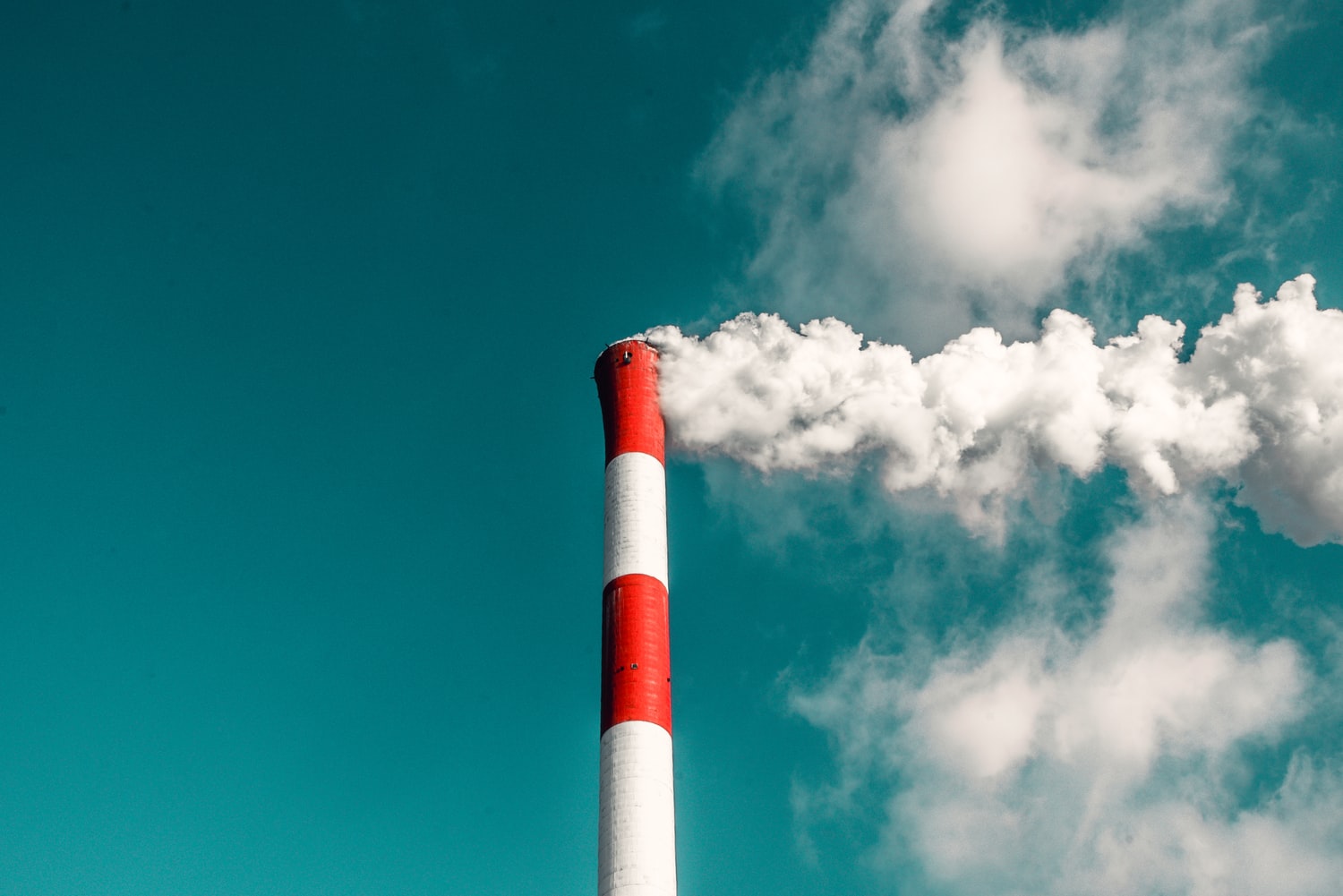Each week, The Daily’s Science & Tech section produces a roundup of the most exciting and influential research happening on campus or otherwise related to Stanford. Here’s our digest for the week of Dec. 1 – Dec. 7.
Biological aging clock constructed with protein levels in blood
By measuring the levels of different proteins circulating in a patient’s blood, Stanford researchers can use 373 proteins as a biological clock to estimate age, found a study published on Dec. 5 in “Nature Medicine.”
“We’ve known for a long time that measuring certain proteins in the blood can give you information about a person’s health status — lipoproteins for cardiovascular health, for example,” neurology and neurological sciences professor Tony Wyss-Coray told Stanford Medicine News. “But it hasn’t been appreciated that so many different proteins’ levels — roughly a third of all the ones we looked at — change markedly with advancing age.”
The findings suggested that physiological aging does not occur at a steady pace throughout one’s life. The protein levels in the blood remain constant, but will suddenly increase or decrease depending on the stage of life. The researchers identified three points in time in which the levels of these proteins change dramatically. On average, the time points were at 34, 60 and 78 years old.
The blood analysis needs only a drop of blood to measure the levels of protein.
“After nine or 10 proteins, adding more proteins to the clock improves its prediction accuracy only a bit more,” Wyss-Coray told Stanford Medicine News. “With machine learning, you could potentially make a test with good accuracy based on just those nine proteins.”
New generation of cells combat blood cancers
A new generation of chimeric antigen receptor T-cells (CAR-T) has been developed by Stanford researchers in an effort to combat against blood cancers, as cited in a study published on Dec. 4 in “Nature.” The CAR-T cells were studied in mice with human leukemia and bone cancer cells.
Led by pediatrics and medicine professor Crystal Mackall, the team is interested in developing genetically engineered cells that will not be exhausted after its initial activity. The current treatments involving CAR-T cells are effective in the short-term, but CAR-T cells cannot divide and attack cancer cells continuously long-term, due to cell exhaustion.
“We know that T cells are powerful enough to eradicate cancer,” Mackall told Stanford Medicine News. “But these same T cells have evolved to have natural brakes that tamp down the potency of their response after a period of prolonged activity. We’ve developed a way to mitigate this exhaustion response and improve the activity of CAR-T cells against blood and solid cancers.”
The researchers used a genetic technique called Assay for Transposase-Accessible Chromatin using sequencing (ATAC-seq) to determine differences in gene expression activity between exhausted and healthy T-cells. They found exhausted T-cells had activity of a family of genes that regulate protein levels in cells, and these proteins inhibited T-cell activity.
“Those of us in the CAR-T cell field have wondered for some time if these cells could also be used to combat solid tumors,” Mackall told Stanford Medicine News. “Now we’ve developed an approach that renders the cells exhaustion resistant and improves their activity against solid tumors in mice. Although more work needs to be done to test this in humans, we’re hopeful that our findings will lead to the next generation of CAR-T cells and make a significant difference for people with many types of cancers.”
Global carbon dioxide output reaches all-time high
Fossil-fuel carbon dioxide emissions will reach an all-time high on a global scale, with carbon dioxide output expected to reach an estimated 40.8 billion U.S. tons this year, according to Stanford scientists from the Global Carbon Project. Findings also suggested that the rate of emissions growth has been slower than the previous two years.
The three studies were published on Dec. 4 in science journals “Earth System Science Data,” “Environmental Research Letters” and “Nature Climate Change.”
“When the good news is that emissions growth is slower than last year, we need help,” earth system science professor Rob Jackson told Stanford News. “When will emissions start to drop?”
The researchers found that the United States, European Union and China contribute more than half of all global carbon dioxide emissions. Additionally, they found that while coal use has been decreasing in the U.S. and E.U., natural gas use has increased over the last year.
“We need every arrow in our climate quiver,” Jackson told Stanford News. “That means stricter fuel efficiency standards, stronger policy incentives for renewables, even dietary changes and carbon capture and storage technologies.”
Contact Derek Chen at derekc8 ‘at’ stanford.edu.
